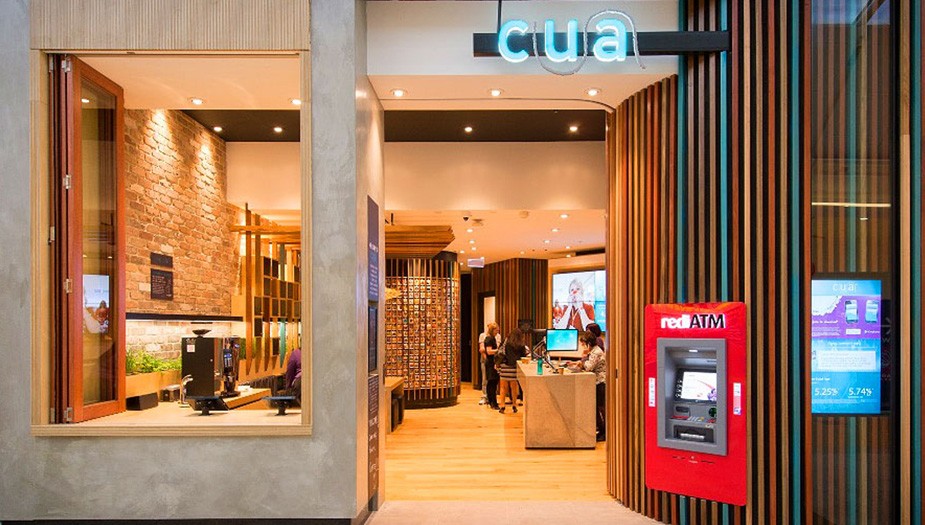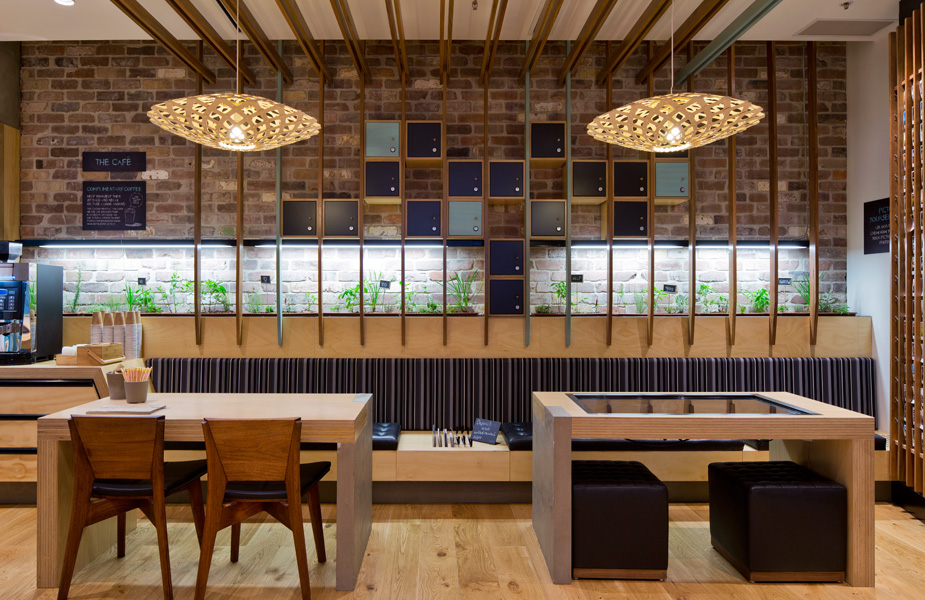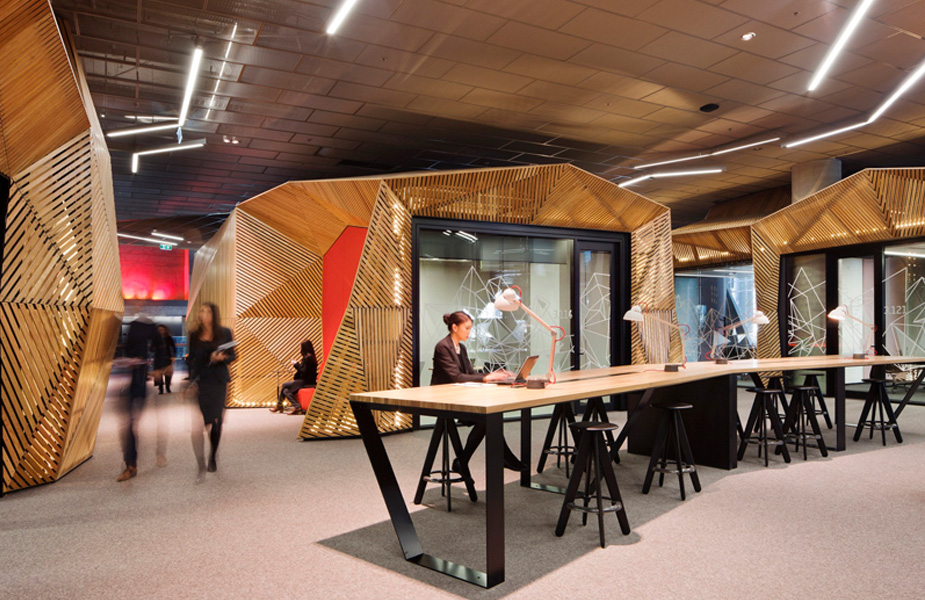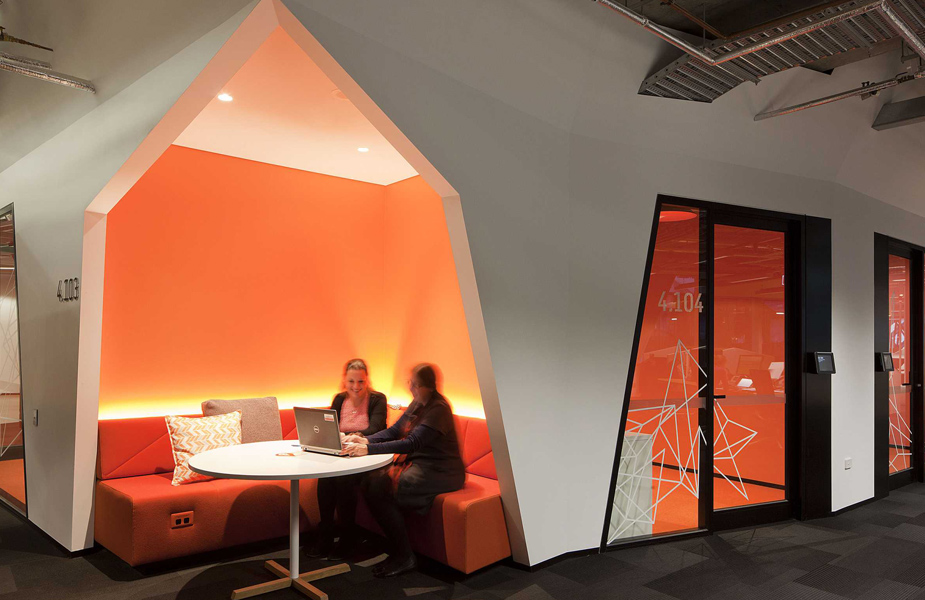News and Views
New and innovative retail bank branch concept design formats - Credit Union Australia.


A multi-channel transformation
A Multi-Channel Transformation in Financial Services
Financial institutions are facing a demographic shift as millennials explore new alternatives that challenge the dominance of traditional banking. With evolving expectations and the rise of fintech disruptors, the landscape is rapidly changing.
At Credit Union Australia and National Australia Bank, new branch formats are emerging that reflect the shift in consumer behaviour. In this article, we explore design concepts and branch formats to inspire management teams to rethink and re-engineer the point of purchase.
The traditional retail banking model—dominated by high street branches with digital channels serving transactional purposes—is being transformed. As a result, banks must adapt across all distribution channels. Key developments include:
Branch networks evolving into sales and advisory hubs: These branches will become more productive and cost-efficient, focusing on personalised service rather than transactions.
Creating a "wow factor" in digital channels: Banks are designing user experiences that not only facilitate transactions but also engage customers, unlocking the full sales potential of digital platforms.
Seamless omni-channel experiences: Banks must integrate digital and physical channels to offer customers a fluid experience that combines self-service with personalised, in-person assistance.
Without decisive action, banks risk being encumbered by outdated, expensive distribution setups. To address this, management should adopt a less branch-centric approach to governance, launching targeted, multi-channel transformations.
Optimising Branch Size and Boosting Sales Performance
A recent report by McKinsey highlighted how branches are becoming more sales and advice-oriented. The research suggests that future customer needs can drive cost reductions of up to 30% by redesigning branch networks, while also increasing sales per front-office employee. This is where CampbellRigg's design consultancy can play a key role, helping to develop appropriately sized branches that optimise performance.
A branch transformation strategy should focus on several key areas:
Right-Sizing Branch Networks: Banks can optimise branch locations and formats to better align with customer needs, reducing network costs by up to 20%.
Tailoring the Footprint: By improving customer segmentation and understanding behaviour (particularly the evolving needs of Generation Y), banks can position their branches more effectively, ensuring capacity is allocated where it is most needed.
Branch Format Differentiation: New formats may include specialised branches for high-value segments, smaller service points with just a few employees for simple product transactions, or fully automated branches focused entirely on service.
Boosting Sales Efficiency: Banks can maximise time spent on sales and improve efficiency through better customer profiling and more targeted service offerings.
In today's retail banking environment, the branch design experience is about far more than just products. It involves creating an integrated digital and interior design experience that drives engagement. By injecting creativity and innovative design into the retail space, banks can put new momentum behind their proposition.
At CampbellRigg, we help clients develop compelling formats and channels, driving increased sales across new and refurbished stores, often outperforming the industry average in sales per square meter.
Why not contact us to discuss how we can transform your bank branch formats, digital branding, and social media strategies?









